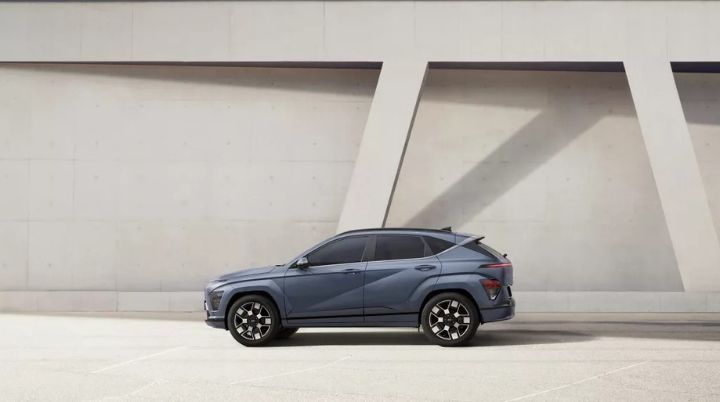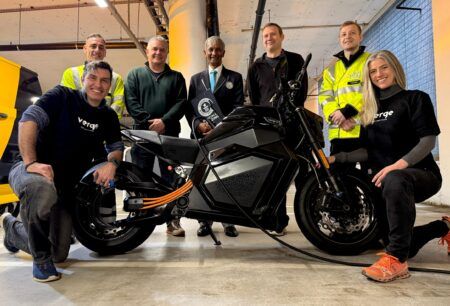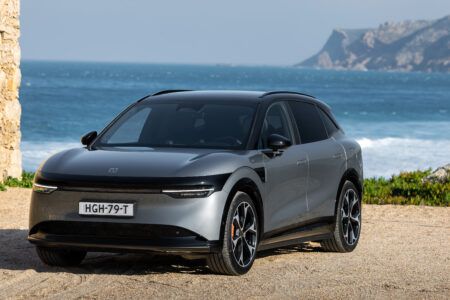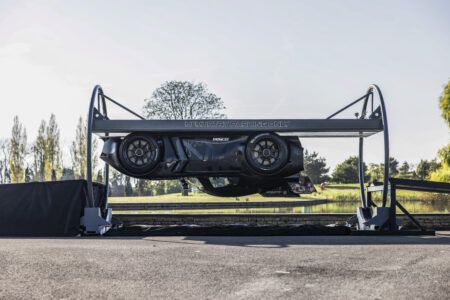The KONA Electric features a long-range 65.4-kWh battery and delivers WLTP-estimated 490km. Hyundai has added safety, connectivity and design updates to the KONA, which is one of eleven EVs Hyundai plans to bring to market by 2030.
The second-generation KONA offers a wide range of powertrains. Customers can choose from EV (standard or long range), hybrid electric (HEV) and internal combustion engine (ICE) variants as well as sporty N Line versions of each.
“KONA Electric will play a major role alongside our IONIQ models in reinforcing Hyundai’s EV leadership. The new model builds on the great reputation of the first-generation KONA Electric and is designed and engineered to lead the competition with its many outstanding features,” said Jaehoon Chang, President and CEO, Hyundai Motor Company.
Safety
Hyundai’s SmartSense Advanced Driver Assistance System (ADAS) and safety systems include Level 2 autonomous driving, Forward Collision Avoidance Assist (FCA), Blind-spot View Monitor (BVM), Remote Smart Parking Assist (RSPA) and Driver Status Monitor (DSM). KONA can be locked, unlocked and started through the Digital Key 2 Touch, using near-field communication (NFC) on smart phones or smart watches. Inside, dual 12.3-inch panoramic display screens are integrated into the audio-video navigation (AVN) system.
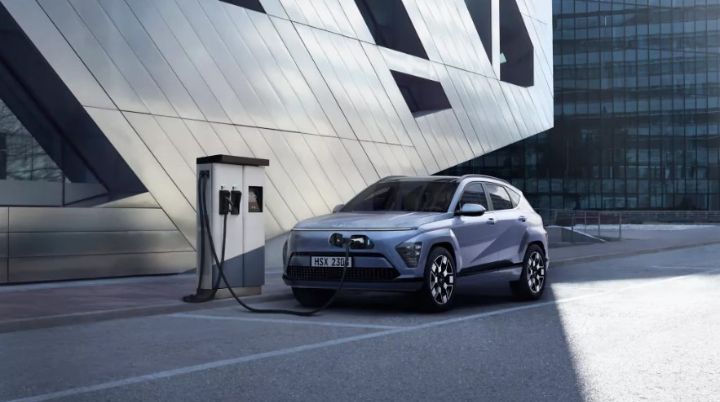
The Driver Status Monitor (DSM) uses the KONA’s internal camera to analyze the driver’s face and, alert them or intervene if necessary. Remote Smart Parking Assist (RSPA) aids drivers in getting in and out of parking spaces remotely. Blind-spot View Monitor (BVM) helps when the driver makes a lane change by issuing an alert to warn about the risk of collision regarding vehicles in the blind spot. If necessary, braking is automatically applied to prevent a collision.
KONA Electric offers additional safety features, such as Forward Collision-avoidance Assist 2.0 (FCA 2.0), which provides evasive steering, junction crossing, lane change ongoing and lane change side lane. It also has Highway Driving Assist 2 (HDA 2), which helps drivers maintain a safe distance from the vehicle ahead and assists by overtaking slower vehicles in front.
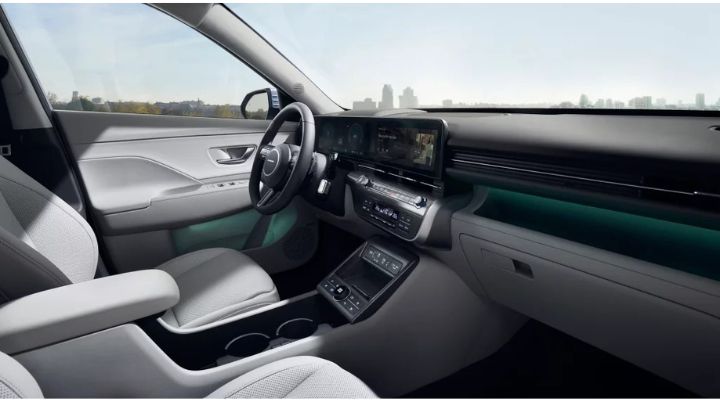
Other advanced driver assistance systems (ADAS) include Lane Keeping Assist (LKA), Blind-Spot Collision Avoidance Assist (BCA), Intelligent Speed Limit Assist (ISLA), Driver Attention Warning (DAW) and High Beam Assist (HBA). It also equipped with various driving convenience functions, such as Smart Cruise Control (SCC), Navigation-based Smart Cruise Control (NSCC), Lane Following Assist (LFA) and Highway Driving Assist (HDA).
Connectivity
Among the upgrades are dual 12.3-inch panoramic display screens, a Digital Key 2 Touch, full Over-the-Air (OTA) updates and Connected Car Navigation Cockpit (ccNC). It also comes with EV-specific design elements, including frunk storage, active air flaps, interior and exterior Vehicle-to-Load (V2L) outlets, Head-up Display (HUD) i-PEDAL driving mode, Smart Regenerative System, electronic-Active Sound Design (e-ASD) and an Eco Package.
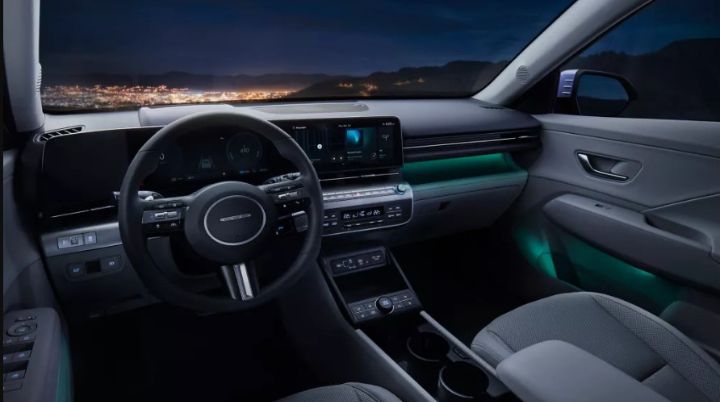
The new KONA will be the first Hyundai model to apply the new Connected Car Navigation Cockpit (ccNC), which provides advanced graphics among the vehicle displays. When parking, Surround View Monitor (SVM) displays the vehicle from various viewpoints for parking, aided by wide projection LED headlamps. Driver and passengers alike have access to two USB-C chargers (including one with data support) and a 12V power outlet in the front as well as two USB-C chargers in the rear.
Interior/Exterior Features
The KONA has a a drag coefficient of just 0.27 owing to its aerodynamic nose and tailgate, sculpted wheel arch armor and parametric surfaces. Compared to the previous generation KONA, the new model has increased dimensions.
Based on the EV variant, its length is now 4,355mm, 175mm longer than the previous 2017 generation, with a wheelbase of 2,660mm. Its width is 1,825mm, which is 25 mm wider, and the height is 20mm taller at 1,575mm. The N Line version has black mirrors, wing-type spoiler and optional black roof, more aggressive front and rear designs with wing-shaped bumper, twin exhausts and silver side skirt.
With a bi-directional onboard charge, the Vehicle-to-Load (V2L) function can power any device or charge electrical equipment, with both interior and exterior outlets for convenience. Inside, devices can be plugged into a standard outlet on the rear center console when the EV is powered on. Outside, devices and home appliances can be plugged in using a V2L adapter to use battery power when the car is parked.


